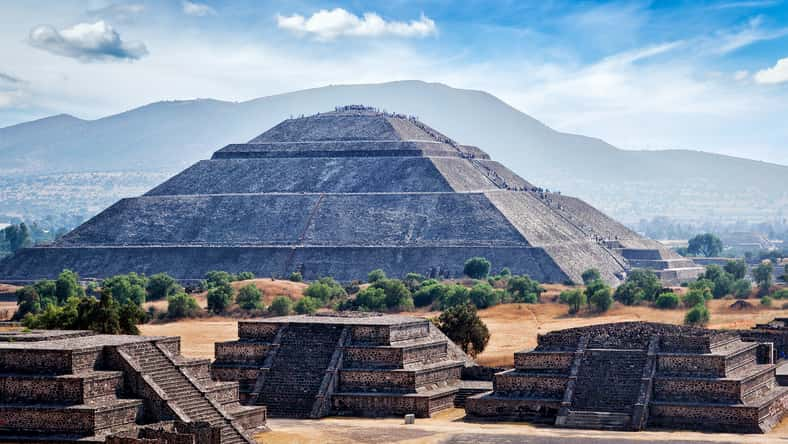Scientists Strongly Suspect This Is What Wiped Out The Aztec Civilization

Once upon a time, the Aztec civilization thrived in central Mexico. But in 1545, people started coming down with headaches and high fevers.
They even experienced bleeding from the eyes, nose, and mouth. After three or four days of these scary symptoms, death would follow.
In just five years, around 15 million people were obliterated by the mysterious illness. That number accounted for more than 80 percent of the population. The Aztecs gave the epidemic the name “cocoliztli,” which translates to the word “pestilence.”
The cause of the epidemic has been a hotly debated topic for over 100 years. As European colonizers ventured into the new world, they brought germs and bacteria that Indigenous populations had never encountered before.
Initially, European diseases such as smallpox, mumps, measles, and influenza were thought to have contributed to the deadly outbreak.
However, six years ago, an analysis revealed that the culprit was an “enteric fever” similar to typhoid.
Evidence in the form of ancient DNA was found on the teeth of the victims. The DNA was extracted from 29 skeletons that were buried in a cocoliztli cemetery.
Historians cite that, at the time, people were dropping dead at such a rapid rate that there was no other choice but to throw the bodies into large ditches.
Physicians during that period even noted that the symptoms did not align with those of measles and malaria.

Dmitry Rukhlenko – stock.adobe.com – illustrative purposes only
Once the scientists tested the DNA, they discovered traces of a strain of salmonella enterica called Paratyphi C.
It is known to cause enteric fever and may have been introduced to Mexico by the domesticated animals that the Spanish brought with them. Today, the Mexican subtype rarely infects humans.
Salmonella strains typically spread through infected food or water. Salmonella enterica existed in Europe during the Middle Ages, which makes it a likely cause.
When scientists conducted the tests, salmonella enterica was the only pathogen that showed up. However, it is possible that other pathogens were present but could not be detected.
Therefore, it cannot be said for sure that salmonella enterica was the cause of the cocoliztli outbreak, but it remains a strong candidate.
Sign up for Chip Chick’s newsletter and get stories like this delivered to your inbox.
More About:Freaky





